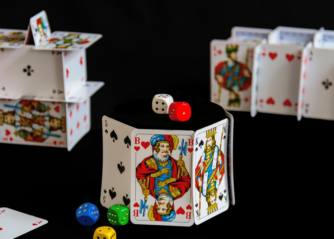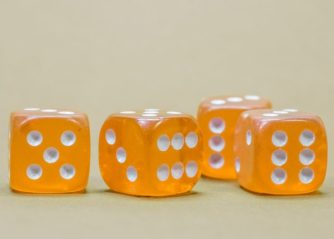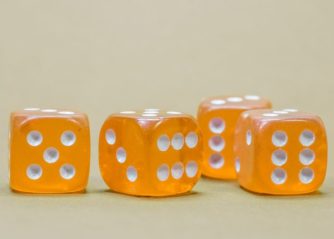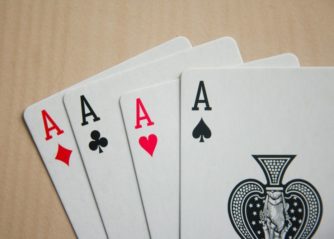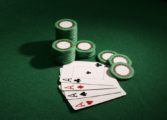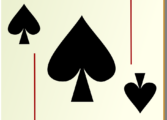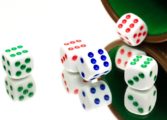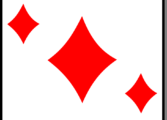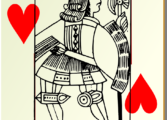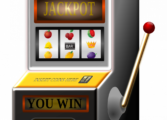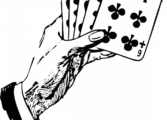Counting Cards in Blackjack
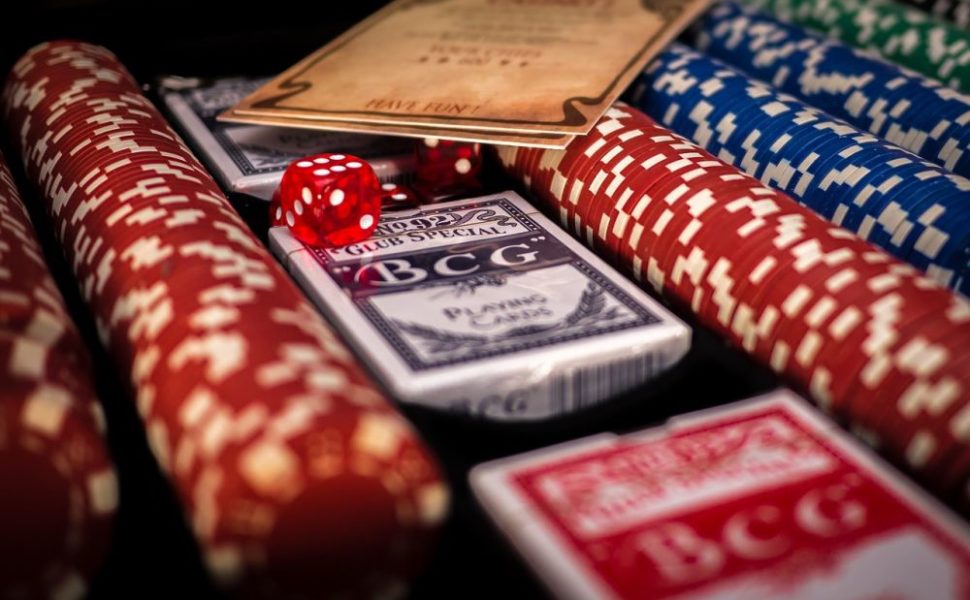
Introduction:
If you are someone who has an interest in casino games, then you might have heard about the technique of counting cards in blackjack. Counting cards is a strategy used by skilled players to gain an advantage over the casino. In this article, we will provide a comprehensive overview of counting cards in blackjack, its importance, and what you need to know as a casino enthusiast.
Counting cards in blackjack is a skill that allows players to keep track of the ratio of high to low-value cards left in the deck. By doing so, players can make informed decisions and adjust their bets accordingly. While it is not illegal, casinos do not encourage card counting and may ask players to leave if they are suspected of using this strategy.
Historical Development:
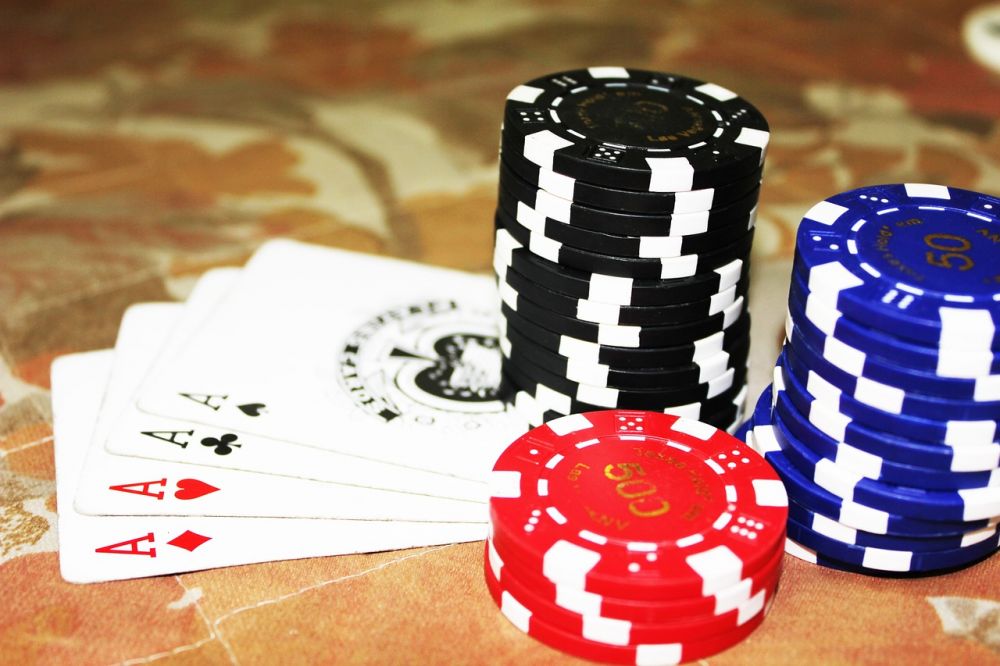
The history of counting cards in blackjack can be traced back to the 1950s when a mathematician named Edward O. Thorp published a book called “Beat the Dealer.” In this groundbreaking book, Thorp provided mathematical proof that it is possible to gain an edge over the casino in blackjack. He introduced the concept of keeping track of the remaining cards to determine the probability of favorable outcomes.
Initially, card counting was a well-kept secret amongst professional players. However, as the popularity of blackjack grew, so did the knowledge of card counting techniques. Casinos became aware of this strategy and started implementing measures to counteract it, such as shuffling decks more frequently.
Despite the efforts of casinos, card counting continued to evolve. Players developed more advanced systems to improve their edge, such as the Hi-Lo system, the KO system, and the Omega II system. These systems assign different values to the cards and require players to maintain a running count to determine the true count. The true count is the adjustment made to the running count based on the number of decks remaining in the shoe.
Importance of Counting Cards:
Counting cards in blackjack can significantly improve a player’s chances of winning. By keeping track of the ratio of high to low-value cards, players can identify favorable situations, such as when the deck is rich in tens and aces. In such cases, players can increase their bets to maximize their potential winnings.
Card counting also allows players to make informed decisions on how to play their hands. For example, if a player knows that there are many high-value cards remaining, they may choose to double down or split pairs more aggressively. Conversely, if the deck is rich in low-value cards, players may opt for more conservative strategies like hitting or standing.
By utilizing card counting techniques, skilled players can reduce the house edge and increase their chances of coming out ahead in the long run. However, it is essential to note that counting cards requires practice and concentration. It is not a guaranteed strategy for winning, and success is dependent on various factors such as the number of decks used, casino rules, and the skill level of the player.
Conclusion:
Counting cards in blackjack is a fascinating strategy that has evolved over time. From its humble beginnings in the 1950s to the advanced systems used today, card counting has proved to be an effective technique for skilled players to gain an edge over the casino. While not a foolproof method, counting cards can significantly improve a player’s odds of winning. However, it is crucial to remember that casinos do not endorse card counting, and players should be aware of the potential consequences. If you are interested in trying your hand at counting cards, make sure to practice extensively and develop your skills before hitting the casino floor.
